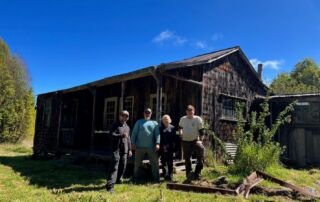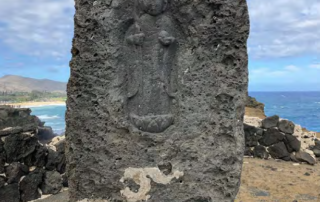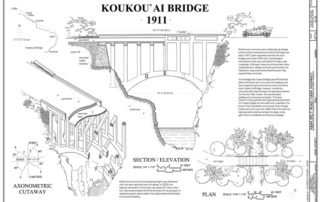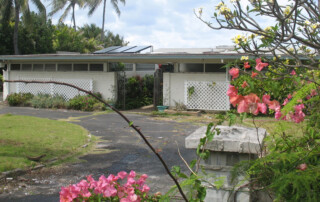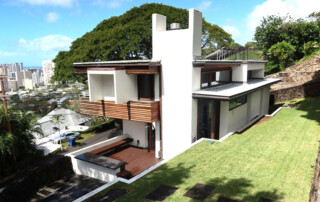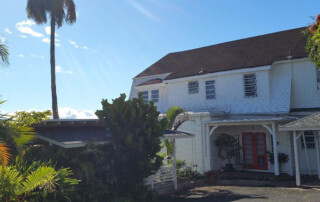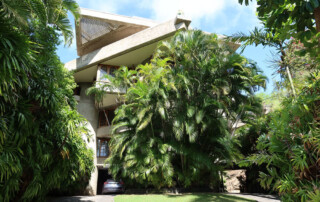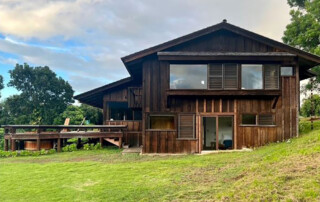John J. Andrade, Sr. Property
Address 45-493 Lehua Street, Honokaa, Hawaii 96727 TMK (3) 4-5-0160210000 SHPD Historic Site Number N/A Abstract The John J. Andrade property is comprised of one and two-story buildings that have been renovated, expanded and altered over time prior to 1973. The complex consists of three sections: a long and rectangular two-story structure; a small, square two-story property, site of the former Andrade Hotel, and the squarish single-story ‘Ōhi‘a Lanai. The property is significant under Criterion C as a good example of wood commercial and residential buildings constructed in the Plantation style between approximately 1920-1930. The property is also significant under Criterion A as an example of a Portuguese American family engaged in small businesses to meet their own needs and contribute to the needs of the larger community. One of the oldest such operations in Honoka‘a, three generations of the Andrade family have lived on the property and operated their businesses there: a meat market, restaurant and laundry, between 1926 and 1973.



